No products in the cart.
Strategies to Help Your Students Write
Do you struggle with getting your students to write? Do you feel you need advice on improving your own writing as a teacher? In this month’s Ilm o Amal, TRC staff shares a few strategies that can help your students (and you) overcome ‘writer’s block’ and let the words flow.
Strong communication will be a necessary skill no matter what profession your students decide to pursue. From developing research papers in university to writing job applications, writing skills will come in handy at various points in your students’ lives. Teachers are generally aware of the need for strong writing skills and are almost always looking for ways to engage their students in writing exercises. Experimenting with writing strategies in the classroom doesn’t just improve the students’ writing, it also improves the teacher’s effectiveness.
Here are a few teaching strategies you can use in the classroom:
Get your students to write every day
And try to write yourself everyday too! Writing is a muscle and the phrase “Use it or lose it” applies as much to writing as it does to the muscles in your body. The more you and your students write, the less likely it is that you or they will encounter writer’s block. Writer’s block is experienced when ideas and words just don’t flow. However, finding ways to write and getting students to write every day, whether it is for an essay or a short journal entry will help open up the ‘block’. You will also experience greater satisfaction as you watch their writing (and your own) improve.
Give written instructions about the assignment
Do not just verbally tell your students what you expect them to write about, give them written instructions that they can refer to while writing. Having written instructions will help keep them on track with the assignments and they are likely to meander less when writing.
Offer specific and constructive feedback on students’ writing
If a student has handed in a great piece of work, specify why you think it was great. Go a little beyond saying “That was a wonderful essay” and instead identify what you liked about it. For instance, saying “Your essay was well thought out and your ideas flowed well,” is constructive feedback because it pinpoints exactly what the student was doing right and encourages him to do more of the same. Be specific when giving negative feedback also, such as “I like your use of a varied vocabulary, however you could have included more arguments in support of your opinion.” This kind of feedback shows that there is room for improvement and identifies a way forward.
Teach Students that writing is a process
Encourage your students to write a first draft and tell them that you will give them feedback, but will not grade it. If your students are generally averse to writing, this will take some of the pressure off them, helping them relax. This way they are more likely to write in a flow at least while attempting the first draft. Emphasise that the first draft is just that: the first draft, and they should almost never attempt to write the final copy in the first go.
Do not Point out every single mistake
Receiving your work covered in red marks can be extremely demoralising for a student and you don’t want to do that to any of them. So hold off on the red ink to encourage students who may be averse to the idea of writing. Don’t point out every single mistake a student has made. This is necessary especially when you are working with older students and want to get them into the habit of editing their own work. At the same time if you see a student making the same mistake over and over again, point this out to him or her.
Point out what is right about the students’ writing
If a student displays great imagination, write that in your feedback. If he or she has strong arguments in an opinion piece, point it out while marking the essay. Use your red pen for giving positive remarks too and think of your feedback as guidelines to help them identify their strengths while writing.
Read through before commenting
Teachers do have a lot to do, but you owe it to your students to be fair in your evaluation of their work. It is tempting to start marking a paper as soon as you start reading it, but hold off the urge to do so till you have read right to the end. Read the essay or composition through at least once, so you can give more complete comments or suggestions. You will have a better idea of a student’s writing, creativity or power or persuasion once you have read through till the end. So put your pen aside, sit back and read through. It is hard work to read a piece twice or even three times but your need to do that to process it. It is also the only way to do justice to your job as a writing teacher.
Write with your students!
Role modeling is the best way to teach. If your students see your writing, they will be more likely to write. So write with them and also share your own writing with them regularly.
We hope these writing strategies help you support your students while writing. We also hope they help you while writing. Do give us feedback and let us know how it went if you try them out in the classroom.
March 2018

